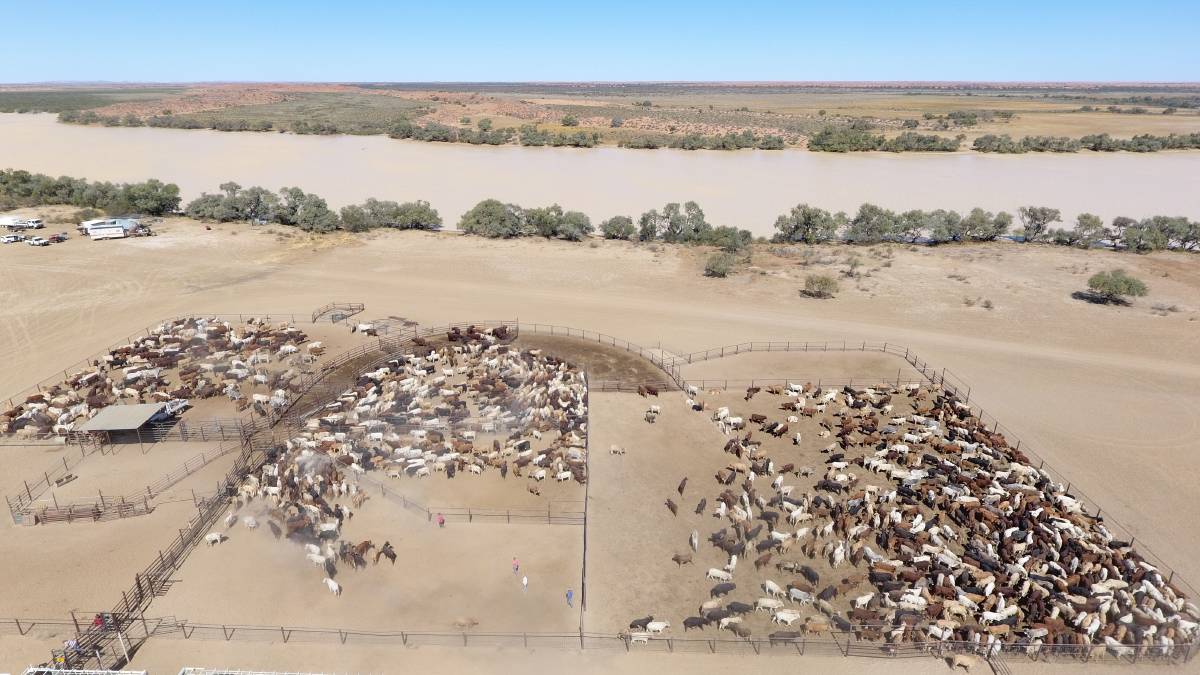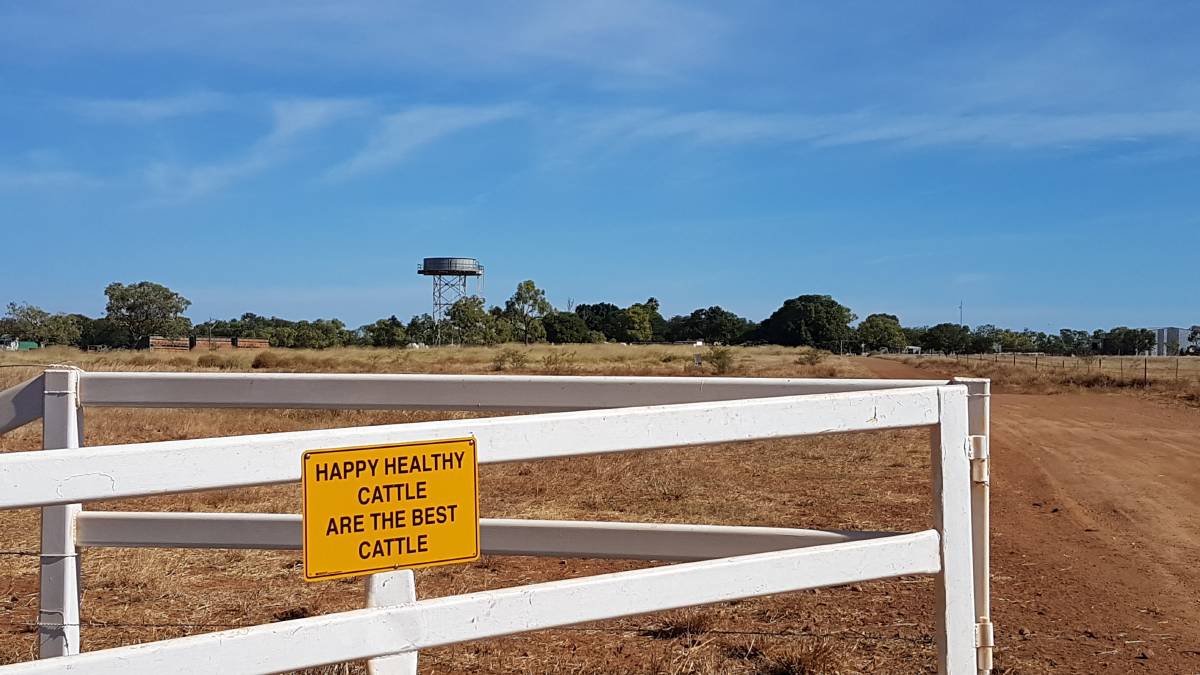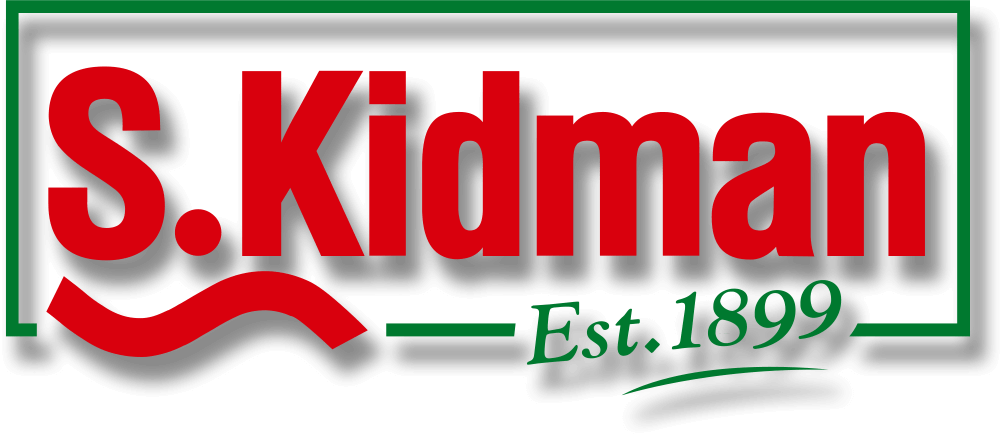Article by Shan Goodwin courtesy of Queensland Country life
THE technology transformation and infrastructure rollout taking place across the 34 cattle properties now in the Hancock Agriculture portfolio is as much about leading the way in animal and worker well being as it is about delivering efficiencies.
From the day of acquisition of each station, Hancock’s Gina Rinehart has expected an allowance be set aside for animal welfare investments.
So far that investment is running in the millions.
Hancock Prospecting pioneered the Australian iron ore industry and much of the learning involved in that sort of trailblazing is now being lent to its agriculture division.
From the latest drones and UHF radio communications to solar panels replacing windmills and shading going up over cattle yards and troughs, it’s all systems go at the Hancock properties, which include export yards, feedlots and a stud farm and spread from northern Western Australia to central NSW.
Australia’s most famed pastoral estate, the Kidman holdings, is under the wing of Hancock Agriculture, which is currently running 380,000 head of mostly Santa Gertrudis, Wagyu, first-cross Wagyu, Brahman and composites.
“Mrs Rinehart has a personal focus on improving animal welfare standards, so much so that it the highest principle in our agriculture business,” Hancock Agriculture’s chief executive officer David Larkin said.
“Mrs Rinehart believes that Australian farmers love and care for their animals and she wants to be a leader in this area.
“Happy cattle are healthier cattle, and healthier cattle grow better and have improved meat quality, thereby improving the production efficiencies in the business.”
Galvanised steel with corrugated iron roofing provide 140 square metres of shade per unit in the calving yards, while the trough shades have a slatted roof with approximately 38 square metres of shade.
Hancock property managers said economic benefits were not the motivator for this project. It was initiated purely based on animal wellbeing.
The cattle had responded well and production benefits remain to be seen – likely in the form of a reduction of calving mortality rates, they said.
Hancock managers have also rolled out a policy that all cattle are given painkillers for production procedures such as dehorning.
Most stations are now sporting signs reminding everyone of the value of healthy and happy cattle.
“We are driving a cultural change and staff are very receptive to this new approach,” Mr Larkin said.
“Naturally, all our staff care for animals but putting a new and greater focus on animal welfare and backing this up with capital investment shows the words are not hollow.”
Drinking water innovation
With US research showing cattle can put on between 15 and 20 per cent more weight over a year just by drinking clean water, a solar-powered reverse osmosis pilot plant is being installed at the Tungali property in South Australia.
The viability of this filtration plant, purely for cattle drinking water, will be assessed with the view to expansion across all properties, also possibly including fencing and filtering dam water.
Last financial year, just over $8.8m was invested across all Hancock properties in water infrastructure.
Mr Larkin said maintaining Australian beef’s reputation as clean and safe, with cattle treated well being of utmost importance, was foremost on the minds of those at Hancock Agriculture.
So too biosecurity principles.
Mining lessons
LARGE investments are being made in staff welfare, largely on the back of mining industry experience.
“We have introduced and increased induction training processes and put signs up throughout the property reminding people of the importance of occupational health and safety principles and reaffirming messages about safe practices,” Mr Larkin said.
Hancock Agriculture is investing in telecommunications technology to provide greater connectivity when staff are remote from homesteads and isolated
Drones are being trialled to inspect bores to reduce requirements on staff driving hundreds of kilometres each day.
Personal emergency locator devices so staff can immediately advise if they are in trouble and require assistance are also being rolled out.
“The benefit of drones are that they allow us to monitor real time such things as bores, fences and animal welfare from the homestead reducing the risk staff face by having to drive or fly around large properties to perform daily checks with most occasions identifying no issues,” Mr Larkin said.
“Drones mean greater efficiency in costs along with higher levels of safety for staff. It’s a win-win.”
A key part of Hancock’s approach in driving a focus on staff safety and animal welfare is to create a more sustainable workplace but also to roll out as much technological advancement as possible so that staff can live in a regional and remote environment with more urban, modern conveniences.
Some of these investments include satellite telecommunications, UHF connections across pastoral estates, and wifi through homesteads and staff work and home environments.
Marketing strategy
As Hancock acquires properties, its beef marketing strategy is being recalibrated.
The move is away from a heavy focus on live exports and sales at local yards to a diversification strategy with a stronger focus on domestic processing.
This is unfolding on three levels. The first is boxed beef through a custom processing arrangement for the brands 2GR fullblood Wagyu and S Kidman 100 per cent Santa Gertrudis beef. These brands are now available at selected Australian restaurants.
The second is sales through yards to processors where products can end up in the domestic or international markets and the third is the live export market through Darwin and Broome.
While the herd size is expected to soon grow to well above 400,000 head, Hancock’s managers say capacity is relevant to market conditions.
“Our portfolio of properties is diversified across different geographical areas of Australia which continuously present different climatic conditions,” Mr Larkin explained.
“The diversification strategy allows us to move cattle to different properties as required climatically, whether that be for joining, breeding, fattening or any other requirement.
“We see capacity as a variable to the allowable conditions the weather presents in any given season.”



